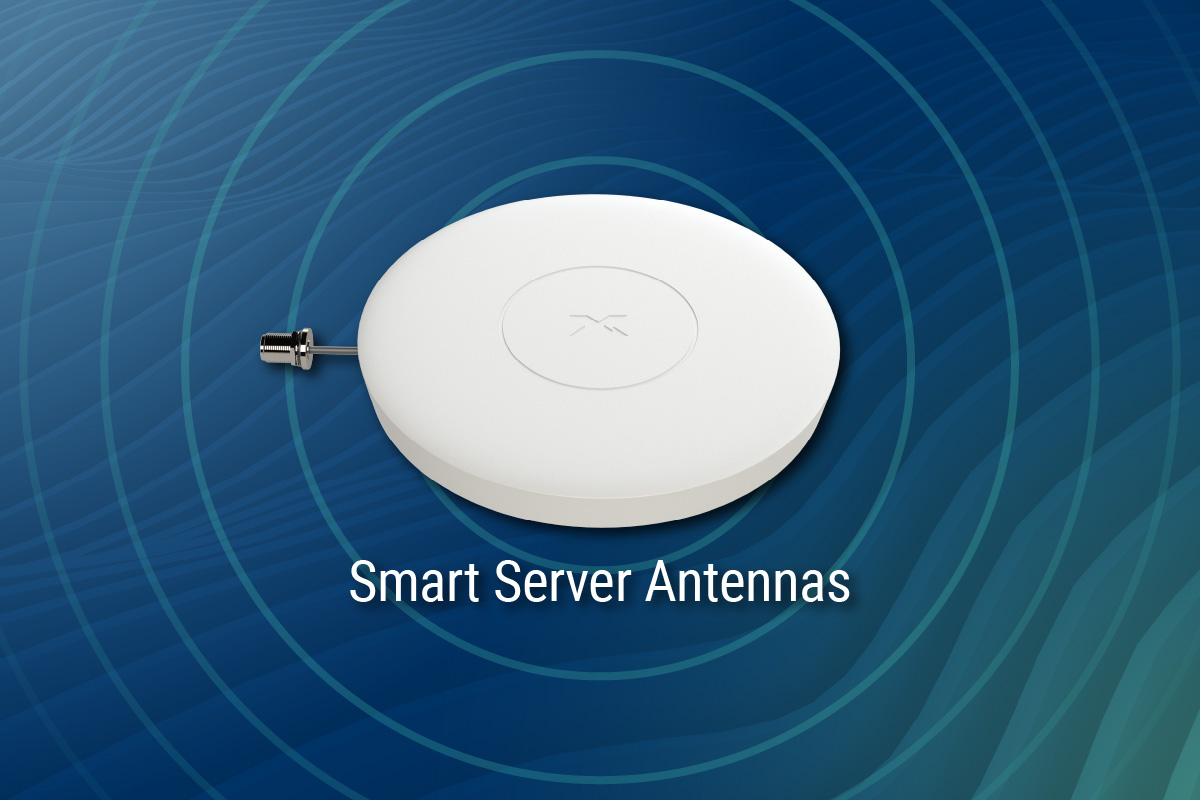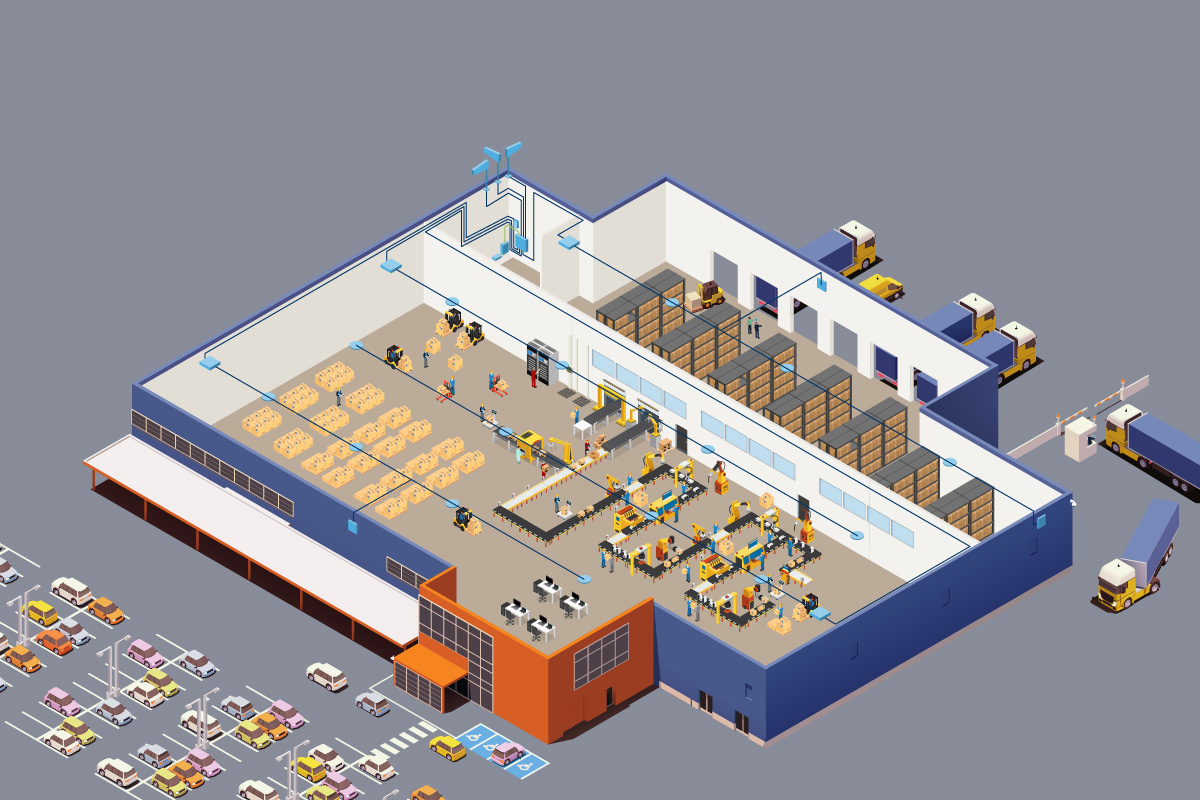Hatcher Station Health Clinic dramatically improves indoor coverage with new solution
The Hatcher Station Health Clinic, part of the Dallas-based Parkland Health and Hospital System, provides primary care and other health care services to the south Dallas community. The single-level, 43,000-square-foot facility holds 60 exam rooms and was built in 2015. However, weak outdoor cellular signals had a hard time penetrating the facility, making it frustrating for patients, visitors and staff using mobile devices behind the clinic’s walls.
“In our line of work, wait times can sometimes be longer than we’d like,” says Tom Stanfield, new facilities technology integrator at Parkland Health and Hospital System. “Many patients use their phones to pass the time — whether it’s to check their social media or access their patient records on MyChart in preparation for their appointment.”
A poor outdoor signal from two nearby cellular towers, combined with the building’s newer construction materials and the layout of the facility, made it difficult to get and maintain a strong indoor cellular signal. Patients and staff alike were unable to communicate externally — whether it was to call for a ride-sharing service or to let their spouse know they’d be working late. Likewise, they were unable to receive incoming texts or calls from family or colleagues.
Parkland invited bids to solve its indoor cellular coverage challenges. PWR Wireless, a local engineering services and consulting firm, responded. The company had worked on a separate project for Parkland, and Stanfield was impressed with the service provided by Paul Rice, founder and president of PWR Wireless.
“Paul is very knowledgeable and customer-oriented,” Stanfield says. “He proposed a cost-effective, quality product that was simply better than the competing solutions, and also came with remote monitoring capabilities, which was a unique differentiator.”
The solution was the CEL-FI QUATRA active distributed antenna system (DAS) hybrid from Nextivity, which provides coverage for all four major carriers; and the CEL-FI WAVE remote monitoring and management system.
“We chose CEL-FI QUATRA because we are very impressed with how the product works,” Rice says. “It is readily available and easy to commission versus a standard bidirectional amplifier (BDA) or a base station DAS that requires months of contract negotiation. We were able to install the system in one weekend in a 43,000-square-foot building.”
Because the two nearby towers could not provide strong enough signals, Rice tapped the signal from a cellular tower 3 miles away. He used a CEL-FI high isolation Yagi antenna to secure a donor signal for two of the four carriers, and a Ventaf antenna for the other two. Using CEL-FI WAVE, Rice was able to determine the optimal placement for the network and coverage units, which were strategically located throughout the clinic to help provide strong coverage for all four carriers.
“CEL-FI WAVE is much easier to use than a spectrum analyzer,” Rice says. “It locks on to a particular channel based on signal-to-noise ratio. The better the signal-to-noise ratio, the better the system is going to work, so it was necessary to get a high signal-to-noise ratio. CEL-FI WAVE allowed us to do just that.”
Stanfield kept the installation under wraps. Two days after it was completed, he reached out to his site administrator to find out if employees had noticed anything different.
“He said, ‘Yes, our cellphones are now working inside the building!’” says Stanfield. “I just wanted to see what the response was without priming anyone. It was very satisfying to hear the positive feedback.”
Now, patients and staff of the Hatcher Station Health Clinic can receive incoming texts and calls, as well as send and make outgoing calls from their phones. Patients are able to pass the time by checking social media or completing other activities from their phones.
Before the solution, 95% of the coverage area had little-to-nonexistent usable coverage. After the solution, 99% of the coverage area was at or above carrier requirements.
“We’re very pleased with CEL-FI QUATRA and plan to purchase it again if we’re ever faced with similar challenges in other areas of the campus,” Stanfield says.
“It’s an affordable, reliable indoor cellular signal solution that has a significant impact on the overall patient and employee
A version of this article was originally published by Health Facilities Management



